Up Next

Every major Formula 1 regulation change gives teams a dilemma of where to devote their resources during the preceding season, and teases that there’ll be a big shake-up in the pecking order.
Given the unprecedented scale of rules revamp coming for 2022, that anticipation is greater than ever.
But which F1 teams are best-placed to shoot up the order next season?
We’ve selected the five we expect to capitalise most.
Ferrari – Back to the front group
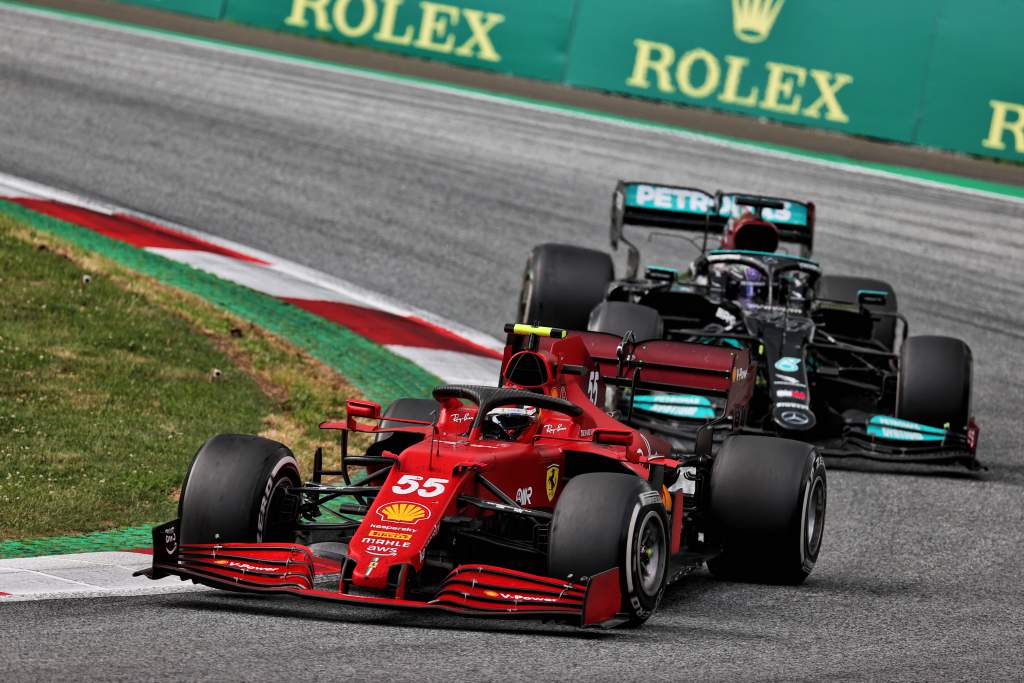
On paper, Ferrari has everything it needs to return to winning ways in 2022.
Team principal Mattia Binotto has stated repeatedly that 2022 is the number one priority for Ferrari, which has made progress both on the chassis and engine side over the past year – with more to come from the power unit with upgrades planned for deployment after the August break.
It will be the power unit that is key as there’s still a power deficit to Mercedes and Honda that emerged thanks to changes made ahead of the 2019 season as part of Ferrari’s collaboration with the FIA.
But with some bold innovations on the combustion side, as well as changes to aspects like the intercooler planned, there’s real optimism at Maranello.
Things have also improved aerodynamically and mechanically. This year’s car has been strong on slow tracks, although it does have a weakness in the medium speed corners, but has been consistently at the front of the midfield in the battle with McLaren.
And there’s significant investment going into infrastructure at Ferrari, including a new driver-in-loop simulator that’s due to play an active part in 2022 development after the break,
In theory, Ferrari has everything it needs and provided it delivers on its potential, it should be back in the front group next year. – Edd Straw
Williams – Here comes the big step
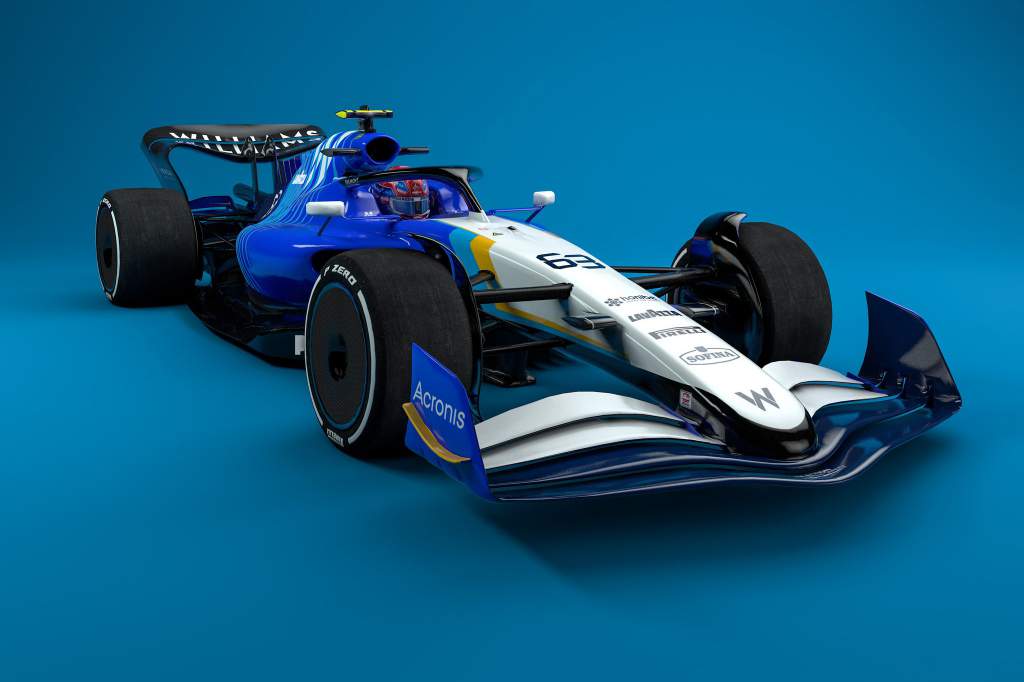
Williams has taken many systematic steps in rebuilding itself from the disaster of 2019.
Big, structural changes were made within the team, all of which have been in the right direction, if the steady improvement in the car’s performance from year to year is any guide.
The idea in 2019 that a Williams might get to Q3 twice in succession – as it did this year in Austria and Britain – would be faintly ludicrous.
That has been done with what is basically the same general architecture of car, one that has its limitations, but that has allowed the team to more fully explore and understand its sensitivities.
A team that was 4.2 off the pace in 2019 has, with broadly the same basic car, got that deficit down to 1.4s so far this year.
The ownership change and the subsequent recruitment of Jost Capito to lead the team and his recruitment in turn of the technical people he has formed a strong relationship with in the past forms the next stage.
This in combination with the reset represented by the 2022 regulations all suggest that with no legacy deficit to contend with, Williams is well placed to make a big jump. – Mark Hughes
Alpine – The three-year-old car can finally go
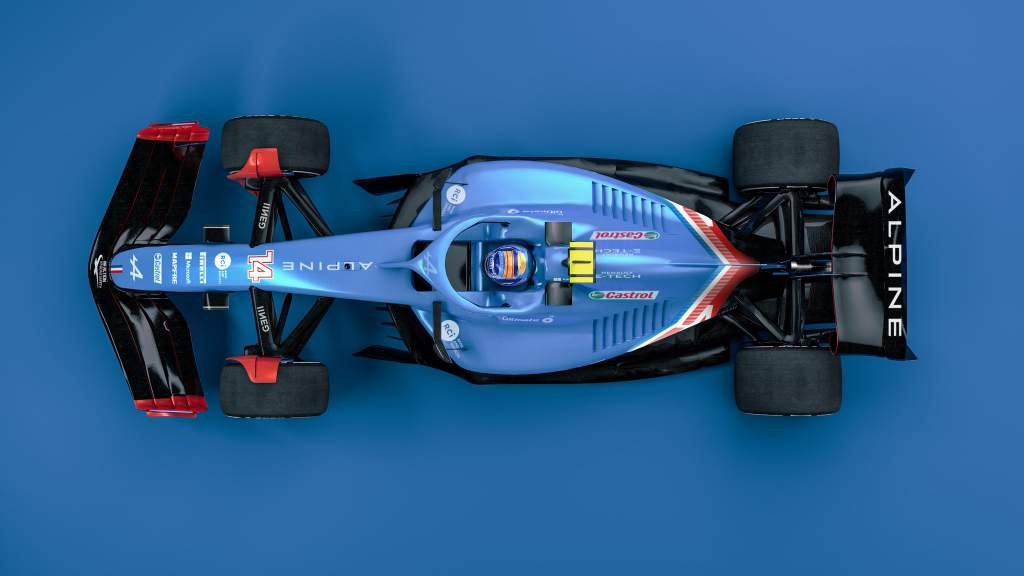
Disclaimer: picking Alpine doesn’t mean I think it’s going to leap from the midfield into race-winning contention!
But if we take the view that the 2022 rules offer as much chance to address existing weakness as they do the chance to take advantage of new regulations, Alpine has an awful lot to improve.
By the team’s own admission it is using a car that is effectively three years old, having carried over its chassis for 2020 and then had to do the same for 2021 given the cost-cutting measures that also postponed the new rules to 2022.
Renault (as the power unit side is still branded) has also not upgraded its engine for 2021, the only manufacturer to opt for that strategy. That’s because it has a huge overhaul coming in 2022 – another reason to expect a reasonable performance step relative to its opposition.
Alpine is in a similar place to Ferrari in that it has been underperforming and been stuck with sub-par machinery. Can it make as big a step? Probably not as it realistically has a lower ceiling.
But it still has enormous scope within itself to improve, and that’s before we even get into what Team Enstone can do with the 2022 rules themselves. – Scott Mitchell
McLaren – Momentum still increasing
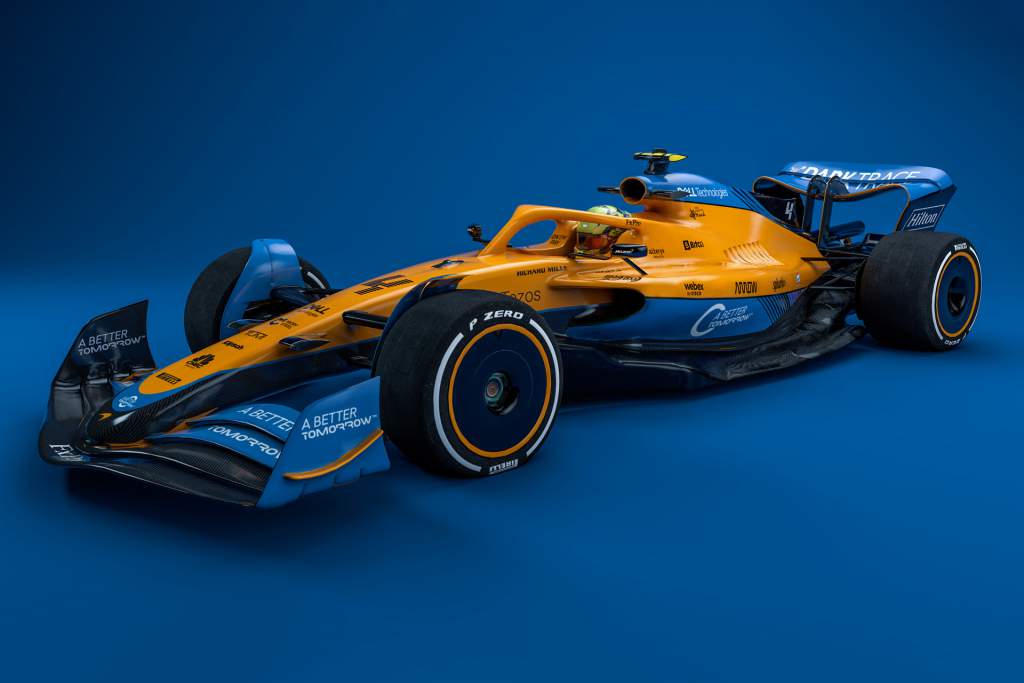
This season is the biggest indication to date that McLaren’s signs of recovery mean something real.
There were hints of it last year, but this season it has been much more consistent, especially with Lando Norris. And that bodes well for next year.
Not being in the title fight means McLaren will have been able to switch focus to 2022 more confidently than Red Bull and Mercedes, but it hasn’t been too far away from them at certain tracks so far this year anywhere.
There are some caveats that stop it from being an automatic case of its upward momentum just carrying on. It’s put its windtunnel focus onto 2022 but it is still fighting Ferrari for third this season – a fight it might be beneficial to lose if the alternative is compromising the era ahead.
McLaren’s major deal with MSP Sports Capital is transformative but won’t pay off overnight. It expects to have a deficit in areas including the windtunnel until 2024.
So don’t expect McLaren to suddenly be in title contention next year, but even if it can maintain its current rate of improvement and get Daniel Ricciardo fully up to speed by the end of the season – or ensure the 2022 car’s characteristics work for his style – then there is every chance it could close on the current top two at the start of a new and exciting era. – Rob Hansford
Aston Martin – More to come beyond 2022
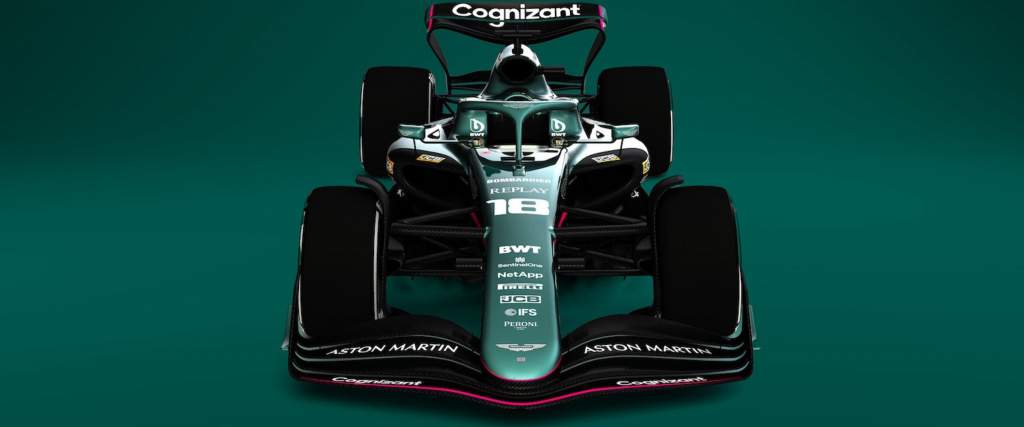
Like Alpine, this is a rebranded team with untapped potential whose relaunch seemed well-timed ahead of a big F1 shake-up.
But like McLaren, the investment and rebuilding process has a long way to go and there are key elements that won’t be ready in time for the start of 2022.
Aston Martin’s state-of-the-art new factory isn’t going to be up and running until the end of next year, and is accommodating some of its rapidly expanding workforce in temporary buildings for now.
Chairman Lawrence Stroll himself has argued it will take four-to-six years for the Aston Martin project to become a genuine F1 frontrunner.
So while the rate at which it’s recruiting and expanding gives Aston Martin a good shot at a step forward next year, it’s not promising a 2022 revolution.
And you’d have to assume/hope that the question marks over how much its driver line-up is delivering will be resolved by the time its technology is where it wants it to be – either by Lance Stroll having proved all his doubters wrong, or thanks to new faces in the cockpits. – Matt Beer








